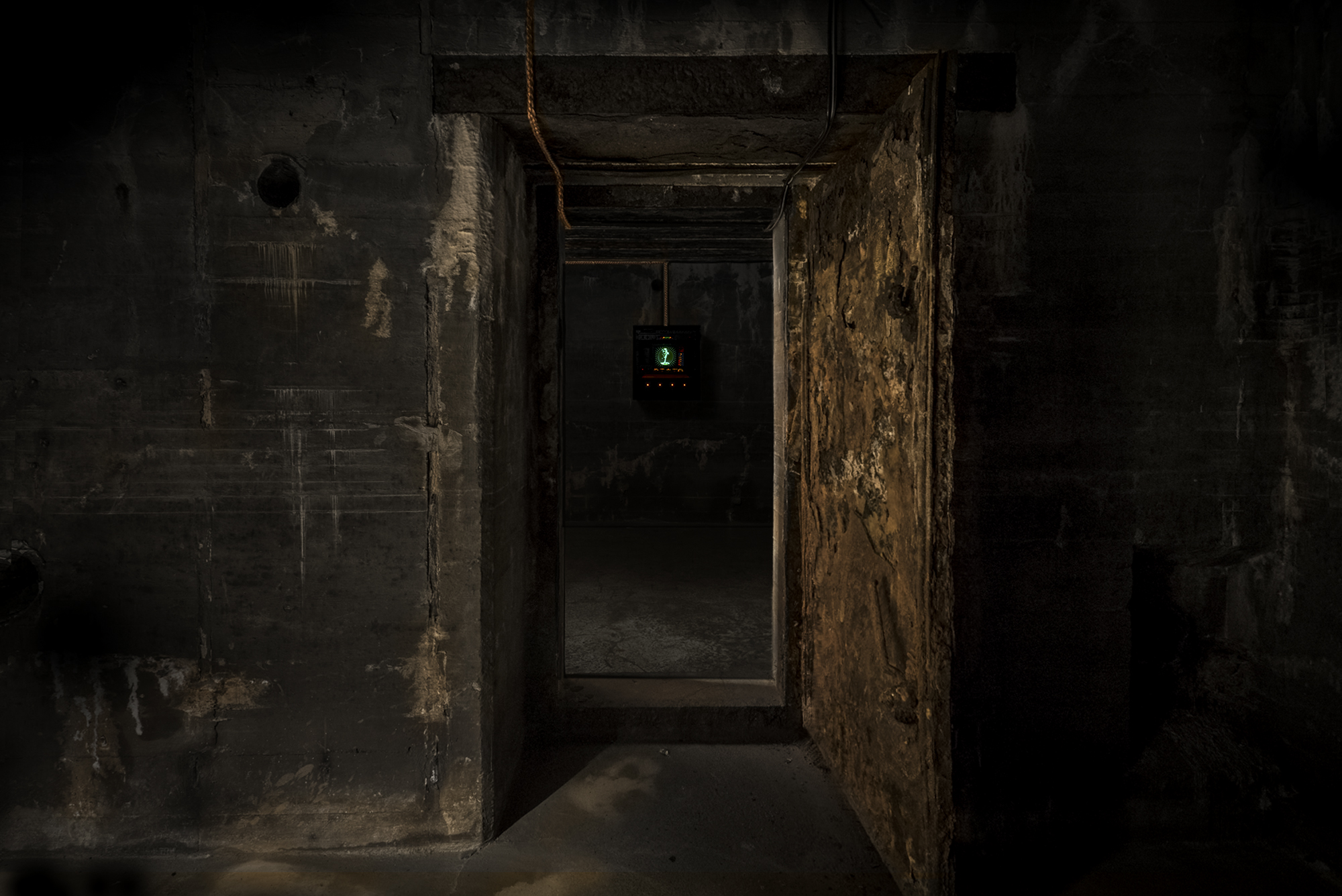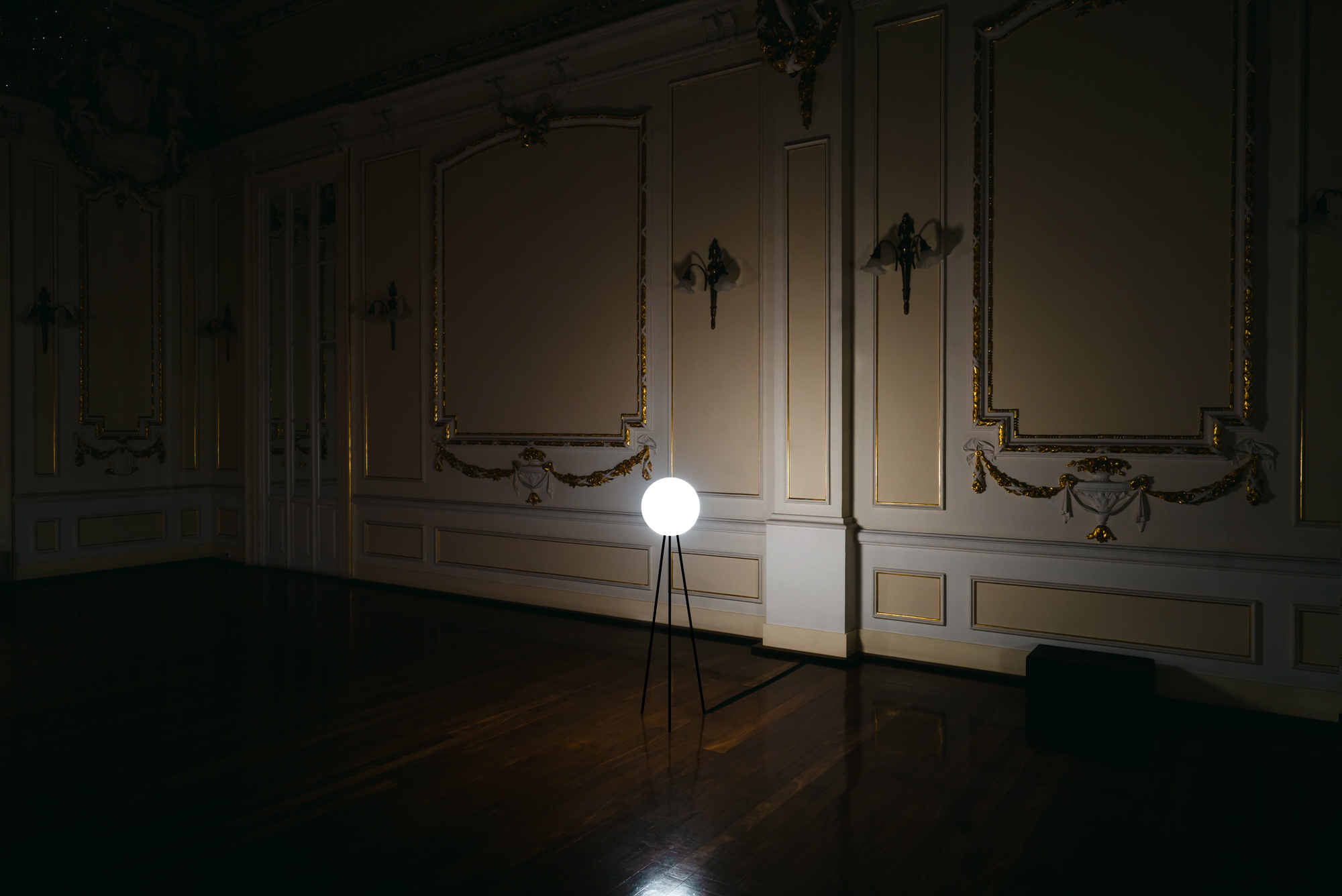”Art as radar acts as ‘an early alarm system,’ as it were, enabling us to discover social and psychic targets in lots of time to prepare to cope with them.” - Marshall McLuhan
The exhibition RADAR by Christian Skjødt Hasselstrøm explores the relationship between technology, man and his immediate surroundings. Using radar technology and sound, the interiors and exteriors of the Regelbau 411 bunkers are transformed into dynamic soundscapes and immersive environments.
Picturing radio waves travelling towards the horizon and the echo of their encounter with distant objects, the radar appears as a technological messenger of unseen phenomena. The term ‘remote sensing’ describes this detecting and monitoring of things and their physical characteristics that our own senses are unable to perceive, and which in the timeline of history and meteorology has warned us about future events: the speed and direction of missiles in war zones, a hurricane heading towards land.
As such, the radar represents an extension of our senses, making it possible to act and interfere in otherwise unseen spaces: muted data on visual displays determine our next move.
At the heart of the exhibition, specially developed radars are receiving information from the internal and external environment. Perceived in the bunkers as immersive soundscapes, we touch upon the buildings’ labyrinthic character; the opening and closing of the bridge; a train passing nearby. Here, the absence of any control panel dissolves man’s uncontested powers, encouraging us to be responsive to the environment in new ways.
Thus, Skjødt Hasselstrøm points to a sensuous and material presence at risk of being lost due to new and fast-growing technologies. As an echo of the past and a warning about the future, RADAR becomes a symbol of a bodily connection to the material world and the sound of the inevitable interwovenness of everything.
RADAR consists of the two site-specific works RADAR L/410A and RADAR L/413A.
The exhibition is curated by Matilde Best and Simon Thykjær.
Created in collaboration with engineers, acousticians and other specialists at Bang & Olufsen, radio enthusiasts from OZ3EDR - EDR Struer and with assistence from Sound Art Lab. Realized with support from the Danish Arts Foundation and Danish Composers’ Society / KODA Culture
Special thanks to Laura Næsby, Aili Niimura, Peer K., Troels Mikkelsen, and Søren Gemmer.
















